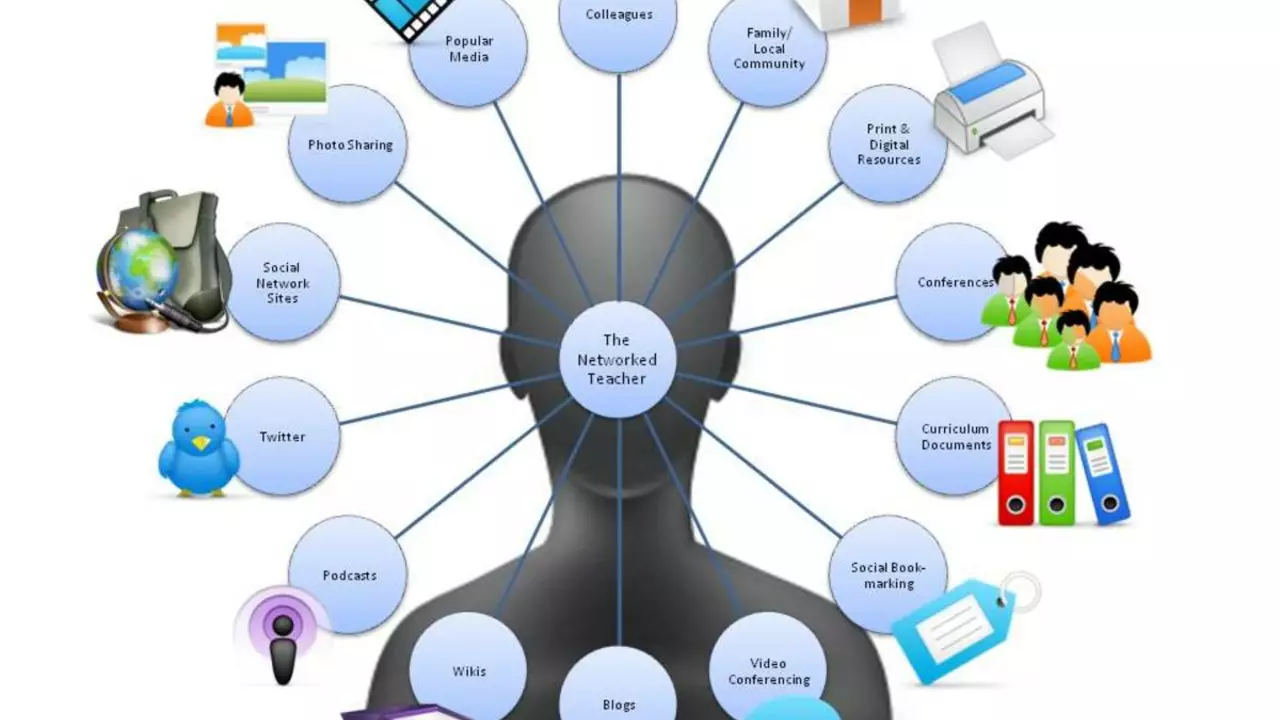Education and Technology – The Real Deal in Today’s Schools
Tech is everywhere now, from laptops on desks to apps that track homework. Parents, teachers, and students all feel the pressure to keep up. But tech isn’t just a trend; it can actually make lessons clearer, keep students interested, and give teachers new ways to teach. If you’re wondering whether your school should invest more in gadgets, keep reading for the facts you need.
Why Tech Belongs in Every Classroom
First off, digital tools let teachers show concepts in ways that a textbook can’t. A science teacher can launch a virtual lab, letting students experiment without safety worries. Math lessons become interactive when students solve problems on tablets and get instant feedback. Those quick responses help kids spot mistakes early and stay motivated.
Second, tech bridges gaps between home and school. When assignments are posted online, parents can see what their kids are working on and step in if help is needed. Kids who miss a class can catch up by watching recorded lessons. This flexibility is especially useful for families with irregular schedules.
Third, technology prepares students for the real world. Most jobs now require at least basic computer skills, and many demand familiarity with collaboration platforms. By using tools like shared documents or coding apps in school, kids build the habits they’ll need later, without even realizing it.
Avoiding the Common Tech Traps
All that good stuff can turn sour if tech is used without a plan. One big mistake is letting devices become distractions. A tablet meant for research can quickly become a gaming console. Teachers can curb this by setting clear rules, using monitoring software, and designing activities that require active participation.
Another pitfall is assuming that more gadgets equal better learning. Schools sometimes buy the newest hardware without thinking about training. If teachers don’t know how to integrate a tool, it sits unused in a closet. Investing time in professional development pays off far more than buying the flashiest devices.
Finally, equity matters. Not every student can afford a reliable internet connection at home. Schools should offer loaner devices or create after‑school labs where kids can finish online work. When every learner has access, the benefits of tech spread evenly across the class.
Balancing tech with traditional teaching methods creates a healthier learning environment. A good rule of thumb is to ask: Does this tool help students understand the topic better? If the answer is yes, it probably belongs in the lesson plan.
In short, technology can boost engagement, improve access, and build future‑ready skills—provided it’s used thoughtfully. Schools that pair digital tools with clear goals, teacher training, and equal access see the biggest gains. Ready to give your classroom a tech upgrade? Start small, track results, and keep adjusting. The right mix of tech and hands‑on learning can turn a regular lesson into an unforgettable experience.
